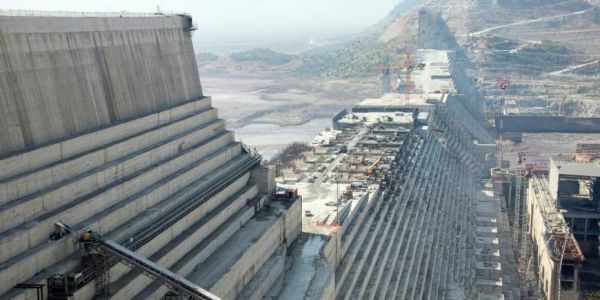To study extreme heat events, experts use observations and models to draw a picture of how often events of a given intensity occur in the present compared to the past or the future.
articles
Using Silicone Wristbands To Measure Air Quality
A Texas A&M study found that these inexpensive, convenient devices can measure exposure to a class of chemicals that can be harmful during pregnancy.
Water Resources: Defusing Conflict, Promoting Cooperation
The EU funded project DAFNE has developed a methodology for avoiding conflicts of use in transboundary rivers.
Big Data-Derived Tool Facilitates Closer Monitoring Of Recovery From Natural Disasters
Texas A&M researchers have mined location-based data to essential establishments during Hurricane Harvey to develop a framework for monitoring communities’ resilience.
The Impact of Climate Change on Kenya's Tana River Basin
Many species within Kenya’s Tana River Basin will be unable to survive if global temperatures continue to rise as they are on track to do – according to new research from the University of East Anglia.
China's Carbon-Monitoring Satellite Reports Global Carbon Net of Six Gigatons
About six gigatons — roughly 12 times the mass of all living humans — of carbon appears to be emitted over land every year, according to data from the Chinese Global Carbon Dioxide Monitoring Scientific Experimental Satellite (TanSat).










